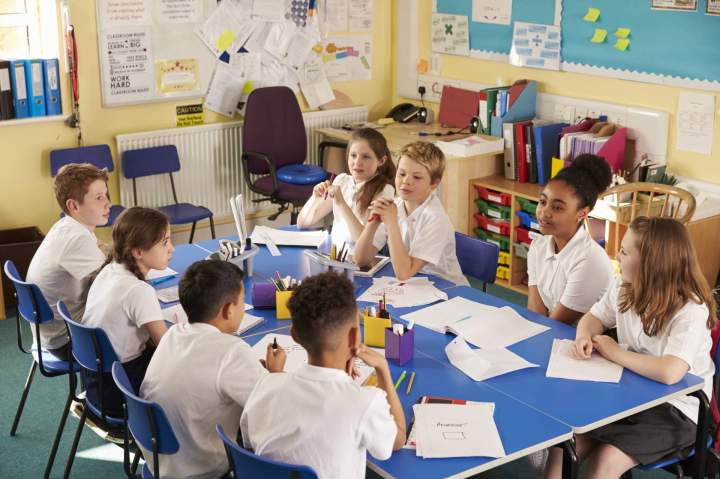What Is the Difference Between Bilingual and Dual-Language Programs?

Understanding the distinction between bilingual and dual-language programs helps parents make informed choices. At Southpoint Academy, we offer a program that combines the strengths of both approaches for balanced learning.
Bilingual Education: Supporting Language Acquisition and Transition
Bilingual education typically focuses on helping students become proficient in a second language while maintaining academic success in their primary language. At Southpoint Academy, bilingual instruction is thoughtfully designed to support both language development and content mastery. In a bilingual setting, students may begin with more instruction in their native language while gradually increasing exposure to the target language. This approach is especially beneficial for learners who are new to a second language, as it allows them to build confidence and comprehension in a supportive environment.
At Southpoint Academy, we use bilingual methods to guide students through a structured language-learning process that respects their linguistic background while expanding their abilities. Our experienced educators implement teaching strategies that reinforce vocabulary, grammar, and language comprehension across multiple subjects, ensuring a smooth transition into full bilingual fluency without sacrificing academic progress.
Dual-Language Programs: A Fully Integrated, Immersive Model
Dual-language programs, on the other hand, immerse students in two languages equally, often using a 50/50 instructional model. At Southpoint Academy, we embrace a dual-language approach that allows students to develop true bilingualism and biliteracy through balanced exposure to both languages across all academic areas. In a dual-language classroom, instruction alternates between English and the partner language, giving students equal opportunity to think, read, write, and speak in both. This model not only enhances language acquisition but also fosters cultural competence and deeper cognitive engagement.
At Southpoint Academy, our dual-language program promotes collaboration, curiosity, and communication by encouraging students to interact with peers in both languages throughout the school day. The result is a dynamic learning environment where bilingualism is not only a goal, but a natural part of daily life. Through this immersive structure, Southpoint Academy prepares students to navigate academic, social, and professional settings with confidence and global awareness.
